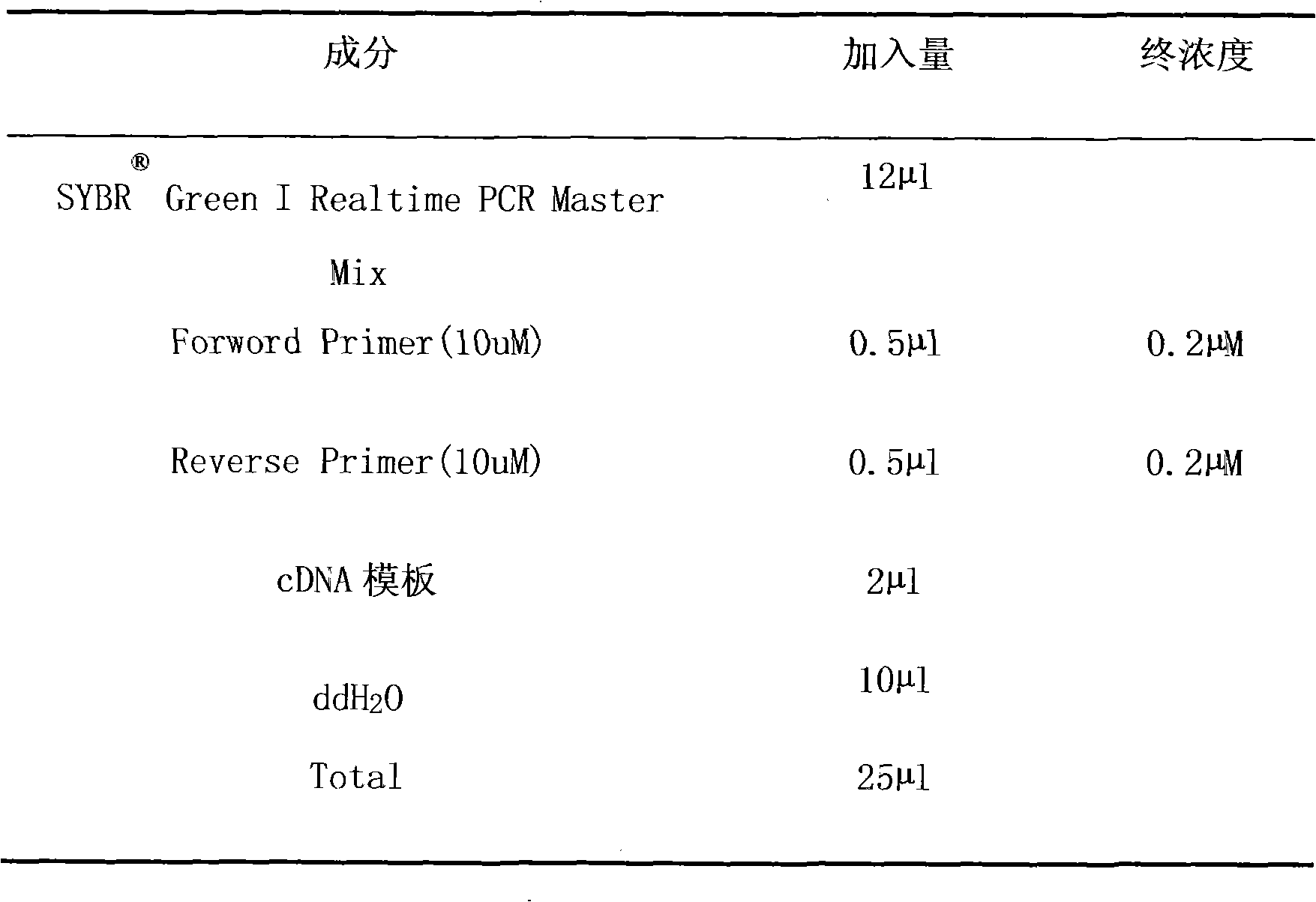Molecular biology identification method of i-form duck hepatitis virus
A technology of duck hepatitis virus and molecular biology, which is applied in the field of detection, can solve problems such as technical reports on molecular biology identification methods of type I duck hepatitis virus that have not yet been seen, and achieve a wide application range, high sensitivity, and rapid diagnosis. Effect
- Summary
- Abstract
- Description
- Claims
- Application Information
AI Technical Summary
Problems solved by technology
Method used
Image
Examples
Embodiment 1
[0035] 1. Handle samples to be tested;
[0036] (1) Tested sample
[0037] Tissue samples such as liver or kidney, cotton swabs, allantoic fluid, and cell cultures are selected, and the samples to be tested must be fresh or stored in a low-temperature refrigerator (-70°C).
[0038] A tissue sample processing
[0039] Add an appropriate amount of sterilized 0.85% normal saline to 1-3g of liver or kidney tissue samples and grind it into a 5-10 times suspension. After repeated freezing and thawing for 2-3 times, centrifuge at 4000g for 10min, and take the supernatant for nucleic acid extraction. use.
[0040] Handling of B cotton swabs
[0041] Twist the cotton swab fully and wring it dry, remove the swab, centrifuge 0.5mL sample solution at 4000g for 10min, and take the supernatant for nucleic acid extraction.
[0042] C cell culture
[0043] Take 1 mL of cell culture and freeze and thaw repeatedly 2 to 3 times, centrifuge at 4000 g for 10 min, and take the supernatant for ...
PUM
 Login to View More
Login to View More Abstract
Description
Claims
Application Information
 Login to View More
Login to View More - R&D
- Intellectual Property
- Life Sciences
- Materials
- Tech Scout
- Unparalleled Data Quality
- Higher Quality Content
- 60% Fewer Hallucinations
Browse by: Latest US Patents, China's latest patents, Technical Efficacy Thesaurus, Application Domain, Technology Topic, Popular Technical Reports.
© 2025 PatSnap. All rights reserved.Legal|Privacy policy|Modern Slavery Act Transparency Statement|Sitemap|About US| Contact US: help@patsnap.com

